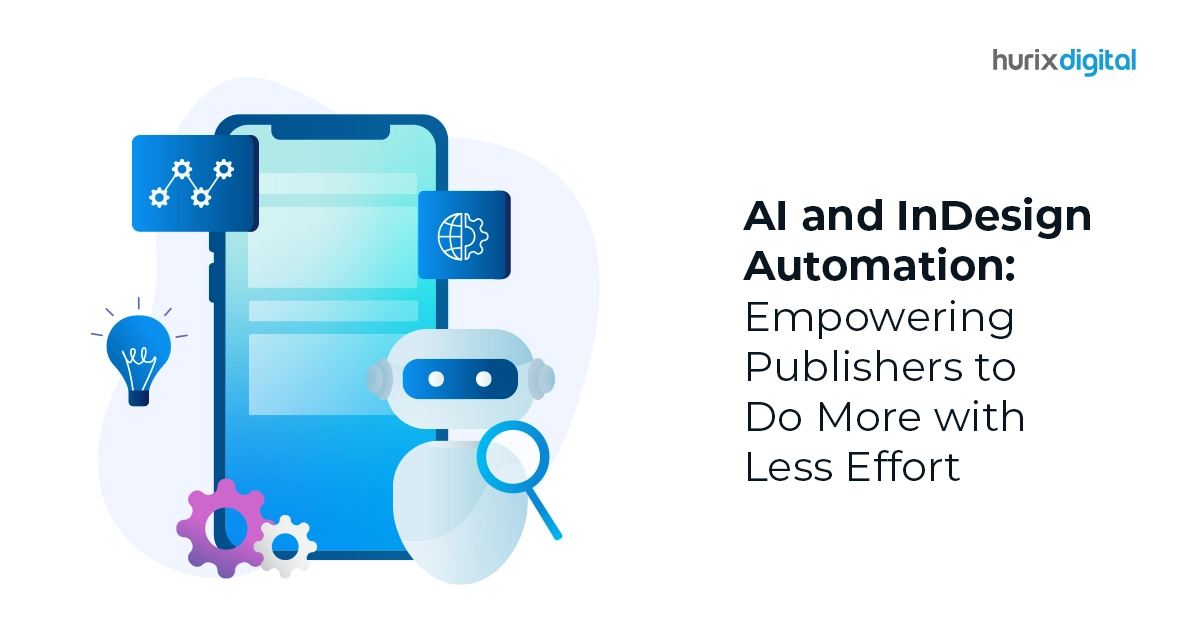Summary
The blog post explores the advantages of automation testing in software development. It highlights benefits and how automation testing empowers organizations to achieve efficient and effective testing processes, resulting in higher productivity and better overall product outcomes.
Testing is an essential part of product development, one that helps guarantee the quality of the product. Software tests need to be repeated several times during the development cycle to ensure quality. For every release, it has to be tested on all operating systems and hardware configurations. The advantages of automation framework in this process are significant.
Table of Contents:
- What is Automation Testing
- What Types of Tests Can Be Automated?
- What Are the Advantages of Automation Testing?
- When Should You Not Use Automation Testing?
- Conclusion
- Frequently Asked Questions (FAQs)
What is Automation Testing
Automation testing refers to the use of software tools and scripts to execute predefined test cases and verify the outcomes automatically. It involves the creation and execution of scripts or test suites that simulate user interactions with an application or system under test. Automation testing aims to improve testing efficiency, accuracy, and speed by automating repetitive and time-consuming manual testing tasks.
Automation testing or test automation uses open source or paid automated testing tools to test software applications quickly and efficiently, and 24/7 without human intervention. Automated software testing can reveal the memory contents, data tables, and file contents; this helps to determine if the program is functioning as required. With the advantages of automation framework, one can execute thousands of varied and lengthy test cases that are impossible in manual testing. It can increase the depth of tests to improve software quality.
It is advantageous as it performs the tasks of many manual testers, and improves overall accuracy with little or no manual intervention. As pre-written scripts are tested, this ensures that software of standard quality is released.
Automation testing follows a testing framework approach. The most common ones are keyword-driven framework, data-driven framework, linear scripting framework, and modular testing framework.
Using Test Automation software is the most effective, efficient, and comprehensive approach to enhance your software testing.
Also Read: Top 7 Reasons to Perform Automation Testing
What Types of Tests Can Be Automated?
Several types of tests can be automated, including:
- Unit tests: These tests focus on individual units of code, such as functions or methods, to ensure that they are working correctly.
- Integration tests: These tests focus on the interactions between different units of code, to ensure that they are working together correctly.
- Functional tests: These tests focus on the overall functionality of the system, to ensure that it is working as expected from the user’s perspective.
- Performance tests: These tests focus on measuring the performance of the system, such as response time and throughput, to ensure that it can handle the expected load.
- Acceptance tests: These tests focus on verifying that the system meets the acceptance criteria defined by the customer or stakeholders.
- Security tests: These tests focus on identifying and addressing security vulnerabilities in the system.
- Regression tests: These tests focus on identifying and addressing regressions, or unintended changes, that occur as a result of code changes.
- Smoke tests: These tests are used to quickly verify that the system is in a stable state after a code change, and is worth proceeding with more detailed testing.
Automated testing can be done using test automation frameworks and tools like JUnit, TestNG, Selenium, Appium, Cucumber, etc.
Here are some of the advantages of automation testing:

1. Increase in test coverage: More scripts can be tested at the same time, increasing test coverage. It helps save time and takes the load off of manual testers. Automated software testing has the potential to enhance software quality by expanding the range and thoroughness of tests. It enables the execution of lengthy tests that are typically avoided in manual testing, allowing them to run unattended. Moreover, it facilitates running tests on multiple computers with diverse configurations.
2. Greater accuracy: Continuous testing increases the chances of errors while done manually, but in automated testing, repetitive tests can be performed with the same precision.
3. Cost saving: With automated testing, the test cases run at a faster speed and bugs are identified early on in the development cycle and fixed. Despite high initial costs, once the automated framework is set up, there is an overall reduction in the costs.
4. Reduces regression testing time: Automated regression practiced with testing tools allows manual testers to be freed from running monotonous regression tests. The testers get time to perform value-add tasks.
5. Performs tasks that cannot be done by manual testers: Certain tests such as the controlled web application tests can be simulated with automated testing, but cannot be performed by manual testers.
6. Time-saving: With automated testing, manual scripts are also automated and regression testing time is reduced. As tests are run 24/7, automated testing saves time. Automation testing saves significant time by executing tests faster compared to manual testing. Lengthy tests that may be time-consuming for manual testers can be run unattended, allowing testers to focus on other critical tasks.
7. Reusability of test scripts: In automated testing, the same script can be used with minor changes. Thus, the reusability of test scripts facilitates the process of testing, and also, the same scripts can be stored and reused for repeating the test when the need arises.
8. Helpful to testers: Since tests can run automatically when the source code changes and notify the testers of any issue, it is very helpful to both testers and developers.
9. Return on investment is high: Automation help businesses complete the testing process faster with greater accuracy and coverage, thereby resulting in a high return on investment.
When Should You Not Use Automation Testing?
There are certain situations where automated testing may not be the best option:
- The application has a short lifespan: Automated testing requires a significant investment of time and resources to set up, so it may not be cost-effective for applications that have a short lifespan or are expected to change frequently.
- The application has a low level of complexity: Automated testing is best suited for complex applications that are expected to be in use for an extended period. If the application is relatively simple, manual testing may be more efficient.
- The application has a high degree of unpredictability: Applications that have a high degree of unpredictability, such as those that involve real-time user interactions, may be difficult to automate.
- The application has a high degree of human interaction: Applications that require a lot of human interaction, such as those that involve image and video recognition, may be difficult to automate.
- The application is in early development stages: Automated tests are best suited for the later stages of development when the application has a more stable design, automated tests may not be useful in early development stages where requirements and design are still in flux.
- The application has low test coverage: Automated tests are best suited for applications with high test coverage, if the application has low test coverage, it is better to manually test the application.
It is important to consider these factors and weigh the costs and benefits of automated testing before deciding whether to use it. Sometimes manual testing may be more efficient and cost-effective than automated testing.
Also Read: When Do You Need Automation Testing?
In conclusion:
With increasingly complex applications in place, and with businesses demanding faster releases of standard-quality products, the advantages of automation framework become apparent. Automating testing is an effective process that helps improve both test efficiency and coverage.
At Hurix Digital, we provide QA services with the test automation framework built in-house. Our team of QA professionals uses various testing techniques and follows the best industry standards and practices. So if you are looking for an automation testing service, get in touch with us.
Related Article: Top 7 Reasons To Perform Automation Testing
Frequently Asked Questions (FAQs)
1. How does automated testing save time and effort?
A. Automated testing executes tests faster and without human intervention, allowing testers to focus on other tasks.
2. Can automation testing detect security vulnerabilities?
A. Yes, automation testing can identify security vulnerabilities in applications.
3. What’s the impact of automated testing on return on investment (ROI)?
A. Automation testing accelerates testing processes, improves accuracy, and reduces costs by identifying issues early. This results in a higher ROI due to increased efficiency and enhanced software quality.
4. Can automated testing replace manual testing entirely?
A. While automation testing is efficient, some scenarios require human judgment and interaction, making manual testing essential for comprehensive quality assurance.
5. Can automated testing handle complex user scenarios?
A. Yes, automation testing can simulate complex user interactions and scenarios, ensuring the application’s behavior in various real-world conditions.










